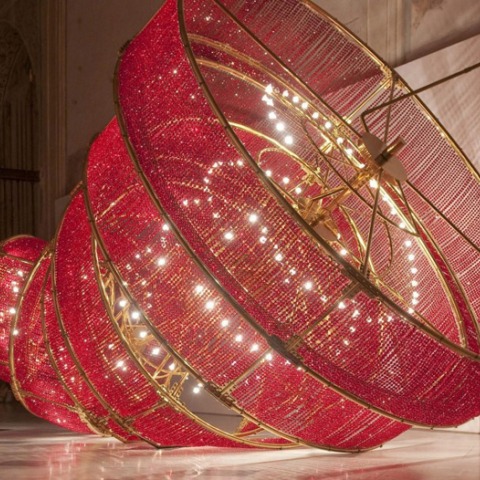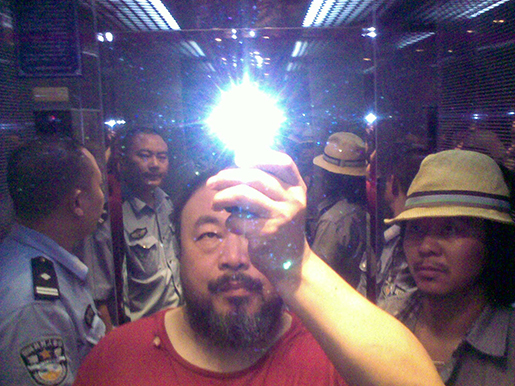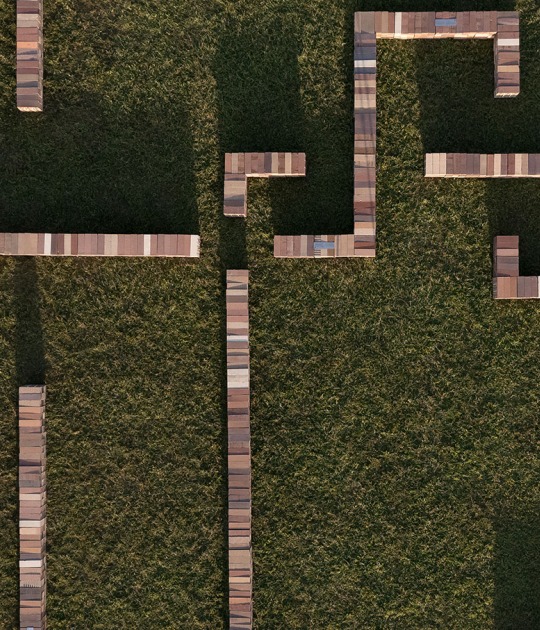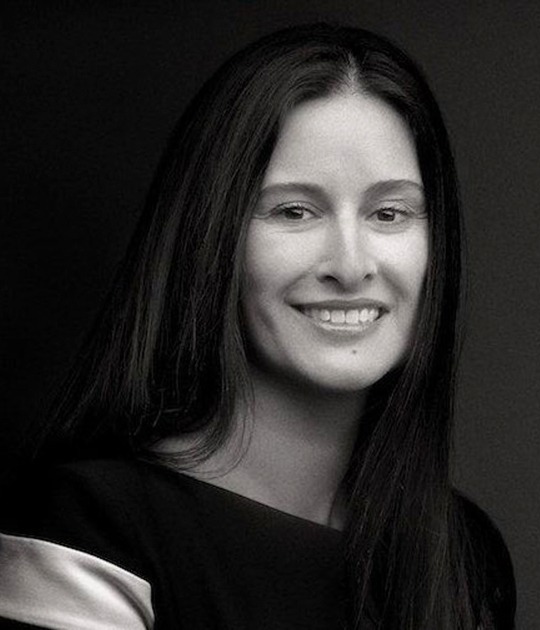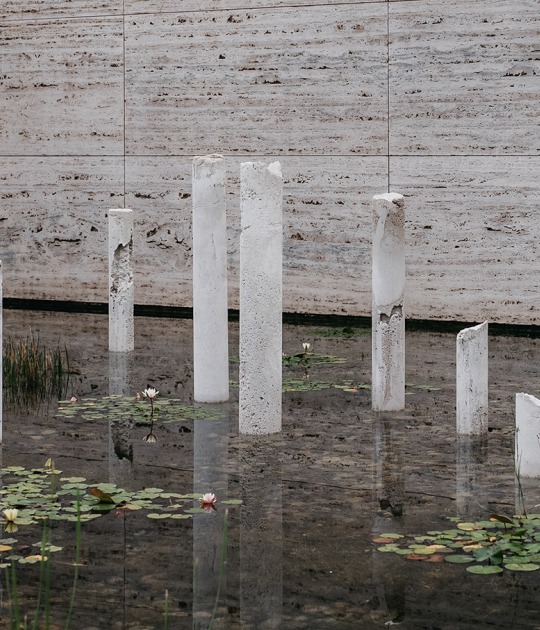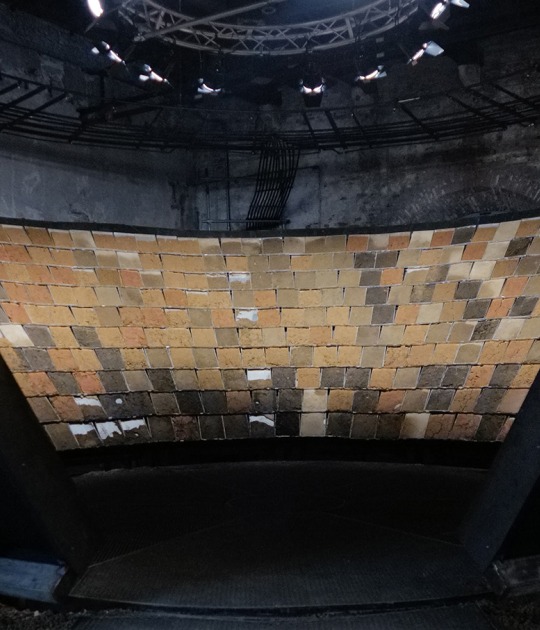Different manifestations within the aesthetics of resistance have forged diverse paths of knowledge in the artistic developments of recent decades. One might argue that Ai Weiwei embodies one of the variants of this aesthetics, in a sense not far removed from what Hal Foster defined as the postmodernism of resistance: that which examines issues related to language and representation in a political light. In this respect, his work stems from the formal and linguistic tradition of minimal and conceptual art, even though it ultimately and deliberately perverts the outcome.
However, as David Harvey noted, it is culturally impossible to separate the components of the time-space equation. Consequently, when approaching Ai Weiwei's work one must be conscious of the time and space in which it emerged: the time of state capitalism during the profound geopolitical changes that have swept across China in recent decades, the same years in which Ai Weiwei created his oeuvre. The vast majority of his creations therefore partakes of that political time and that cultural space and, like them, exists in a state of constant and dramatic transformation. This is one of his defining traits: he uses and perverts the Chinese cultural tradition and the Western artistic tradition as acts of political resistance, employing whatever tools he finds useful for that purpose, regardless of the tradition to which they pertain, and combining them with the singular ingredient of speed in the use of the social networks that informational capitalism, to borrow the term coined by Manuel Castells, has provided.
Culturally speaking, the exhibition at the Centro Andaluz de Arte Contemporáneo is rooted in a concrete time and space: on the one hand, our contemporaneity, the turbulent geopolitical time in which we now find ourselves; and on the other, our own physical space, the old Carthusian monastery with its historical echoes of colonial expansion that was converted into a Chinese porcelain and ceramics factory in the 19th century. For this reason, the artist's ceramic pieces have pride of place in this show, in an attempt to understand what Roger Buergel described at documenta 12-in which Ai Weiwei actively participated-as the migration of forms.
Date: February 1 - June 23 2013
Places: Zona Monumental, Pabellón Real y Capilla de Afuera
Curators: Luisa Espino y Juan Antonio Álvarez Reyes
Exhibition Session: Surround Action: Conceptual Peripheries
Message of thanks from Ai Weiwei.
